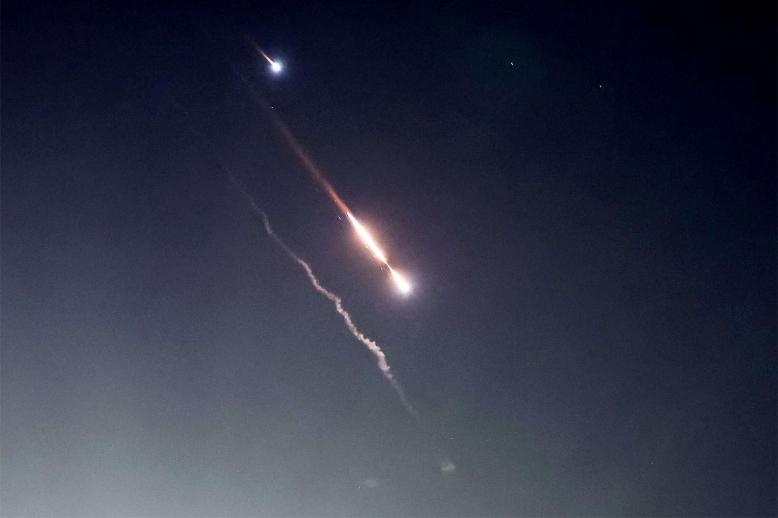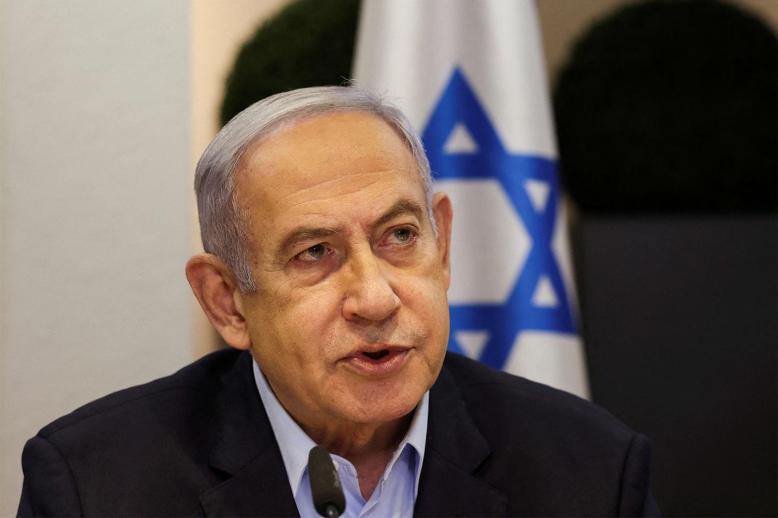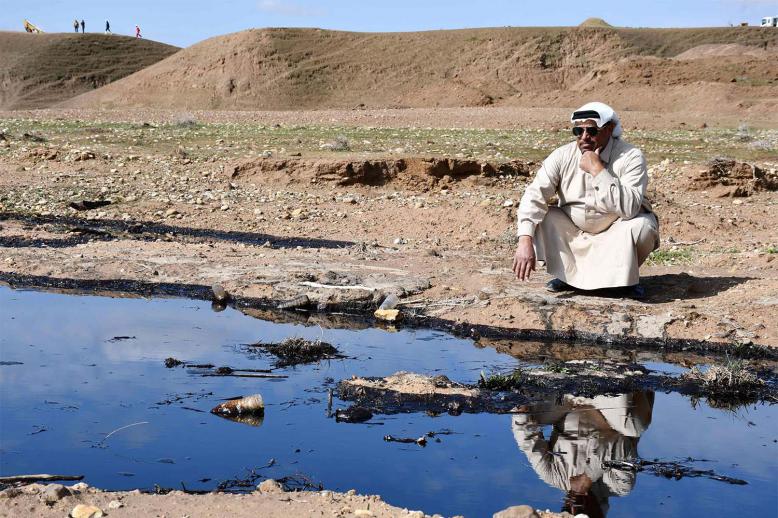Anatomy of a Chemical Attack
Analyzing certain aspects of the brief timeline between the date of the alleged chemical attack in the Damascus suburb of Duma on April 7 and the date of the U.S. air strikes on April 13 in supposed retaliation, reveals a very curious sequence of events. On April 8, a day after chlorine gas was allegedly used, President Donald Trump (with no time for investigation) blamed Syrian government forces for what he called a “mindless CHEMICAL attack” and warned there would be a “big price to pay.” He did not elaborate. In a series of tweets, Trump held Russia and Iran, Syrian President Bashar Assad’s chief sponsors, responsible. On April 11 (at3:57 AM), President Trump tweeted: “Russia vows to shoot down any and all missiles fired at Syria. Get ready Russia, because they will be coming, nice and new and ‘smart!’ You shouldn’t be partners with a Gas Killing Animal who kills his people and enjoys it!” The next morning, on April 12, Defense Secretary Jim Mattistestifiedbefore the House Armed Services Committee. “I believe there was a chemical attack and we are looking for the actual evidence,” Mattis told lawmakers. “As each day goes by — as you know, it is a non-persistent gas — so it becomes more and more difficult to confirm it.” Mattis said hewanted inspectors in Syria “probably within the week.”
In anarticletitled “Mattis: US Wants Proof Before Striking Syria for Chemical Attack,” Military.com reported: “Currently, the U.S. and its allies ‘don’t have evidence’ that the Syrian regime carried out the attack last Saturday in the Damascus suburb of Duma that reportedly killed at least 40, Mattis said.” In response to Congresswoman Nikki Tsongas (D-Mass.) Mattis testified: “We don’t have troops on the ground there so I cannot tell you we have evidence even though we certainly had a lot of media and social media indicators that either chlorine or sarin were used.” Right after his testimony on Capitol Hill, Mattis attended a “closed-door White House meeting.” According toThe New York Times, at this meeting, “Mattispushedfor more evidence of President Bashar al-Assad’s role in the suspected chemical attack …” Evidently, Mattis was overruled. Trump was already committed. The Pentagon conducted a briefing immediately after the US strikes the next day, on April 13. One reporter asked: “What’s your evidence it was delivered by the Syrian regime? Are you quite clear it was?” Mattis dutifully responded: “I am confident the Syrian regime conducted a chemical attack on innocent people in this last week, yes. Absolutely confident of it.” Another reporter queried: “So up until yesterday, and I’m going to quote you here, you said, ‘I cannot tell you that we have evidence.’ So when did you become confident that a chemical attack happened? Mattis: “Yes, yesterday.” Reporter: “Since yesterday, after you said that?” Mattis: “Yes.” And those inspectors Mattis had only the day before made clear to Congress would be coming “probably within the week?” They were just hours away from starting their work in Duma when the first U.S. cruise missile hit its target. Barry Kissinis an attorney, musician and political commentator. consortiumnews



